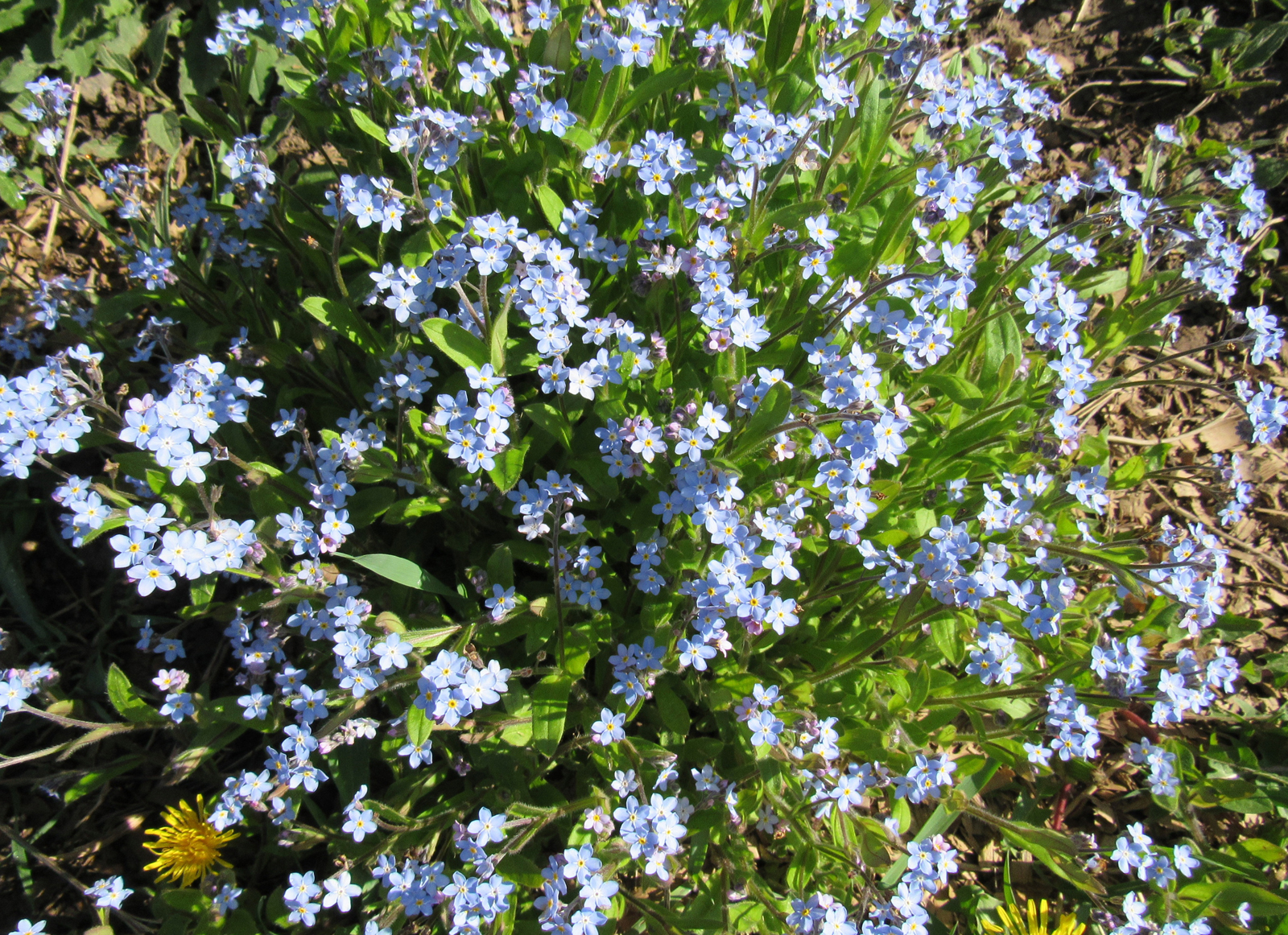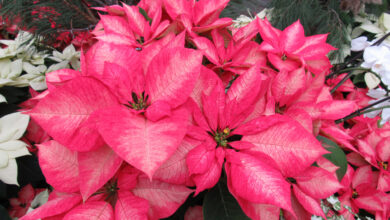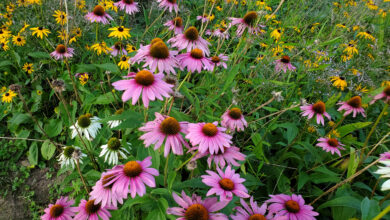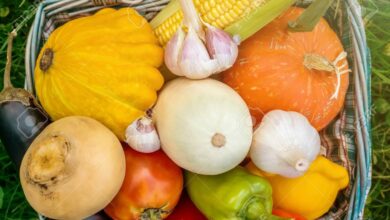Tips for successfully growing onions
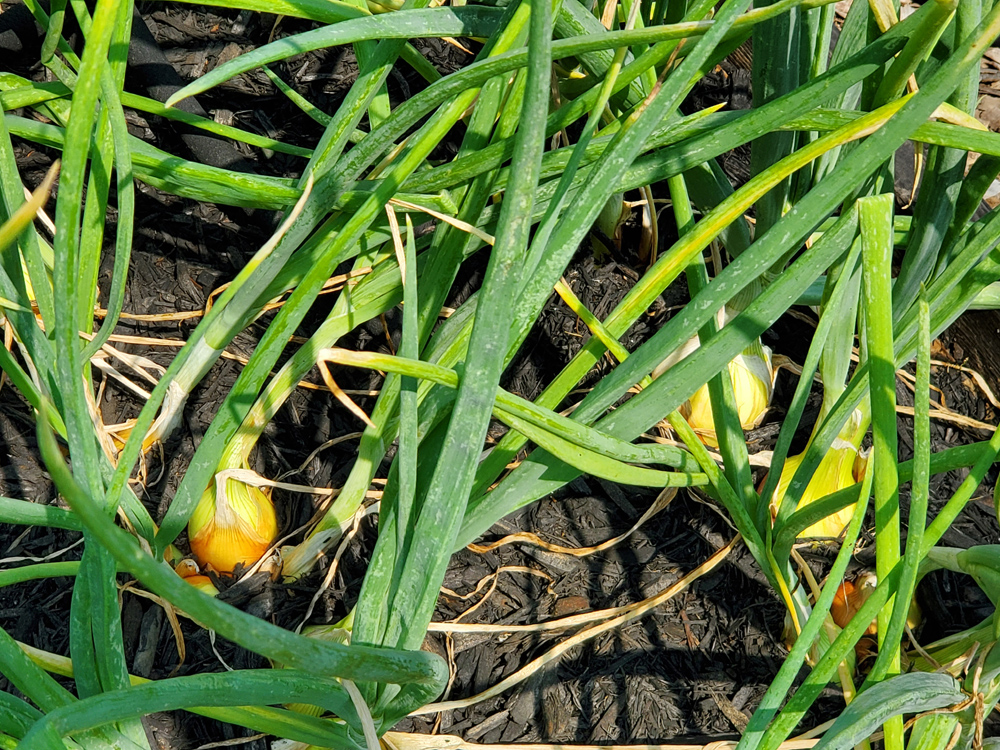
Onions are an interesting and versatile crop to grow. They are not a root but a modified stem called a bulb. Onions are a cool season vegetable that can be grown from sets, transplants, or seeds.
The University of Illinois says that onions start bulb formation when the day length is of the proper duration. Different varieties of onions need different day lengths to begin bulb formation. The most common varieties fall into one of two classes: long-day or short-day. Long-day are best for northern climates and short-day for southern climates. Onions like high temperatures and low humidity during bulb formation and curing – something that can be hard to come by in our area of the country, although onions can be grown successfully in our area. The mucklands of Genesee and Orleans counties offer favorable conditions for commercial onion production.
Weeding is very important for onions as they have very shallow roots, especially when the plants are small.
You can grow green onions as well as onions that will be harvested at maturity from sets. The University of Illinois says the plants establish quickly and become vigorous and strong. Purchase onion sets at the garden center, where they are sold by color rather than varietal name – yellow, white, or red. Round onion sets produce flat onions; elongated or torpedo shaped sets mature to round onions. If you want to produce green onions, choose white sets.
Onions can also be grown from transplants. You can find them at local garden centers and farm markets with other garden vegetable transplants in the spring. Transplants are great for large, dry onions for slicing.
You can also sow onions from seed, either directly into the garden as soon as soil is workable in the spring or start indoors in February for transplanting in the garden 10 to 12 weeks later.
To produce green onions, plant larger sets 1-1/2 inches deep and close enough to touch as you will harvest them before they can become crowded. For dry onions, plant smaller sets one inch deep with two to four inches between sets. Allow 12 to 18 inches between rows. Thin every other plant as green onions to allow for bulb development of the remaining sets.
Onions can be planted very early in the spring – as soon as the garden can be tilled.
To harvest, pull green onions any time after the tops are six inches tall. Green onions will take on stronger flavor with age and increasing size. For dry onions, harvest in late July or early August when most of the tops have fallen over. Illinois Extension says you should allow plants to mature and the tops to fall over naturally. If you break over the tops early, you will interrupt growth resulting in smaller bulbs that do not keep well.
Harvest mature onions in the morning to allow them to air-dry until late afternoon. Keep them out of hot, bright sun. Before dew forms in the evening, place onions under dry shelter on elevated slats or screens or hang in bunches.
To fully dry and cure, allow full air circulation for two to three weeks. Keep the dry wrapper scales as intact as possible as they help the onions keep longer.
Store cured, dry onions in a cool, dry location.



